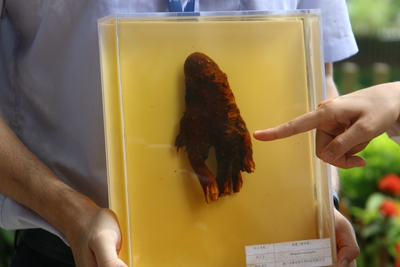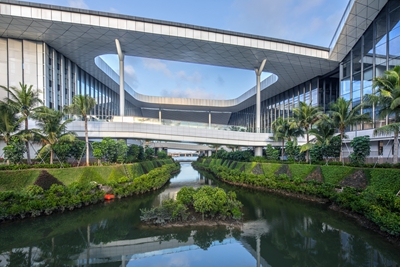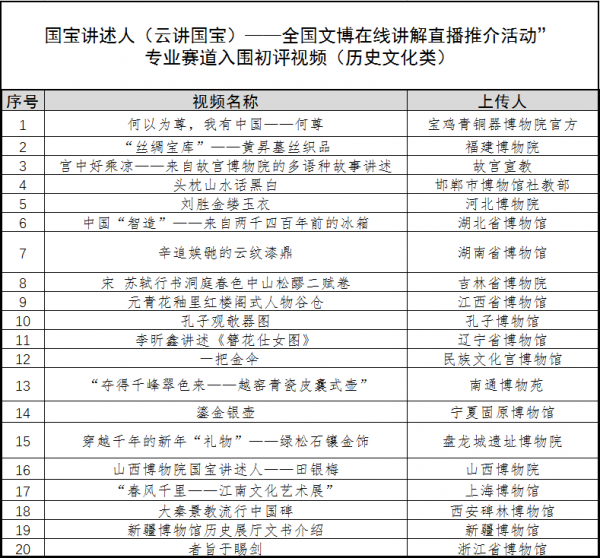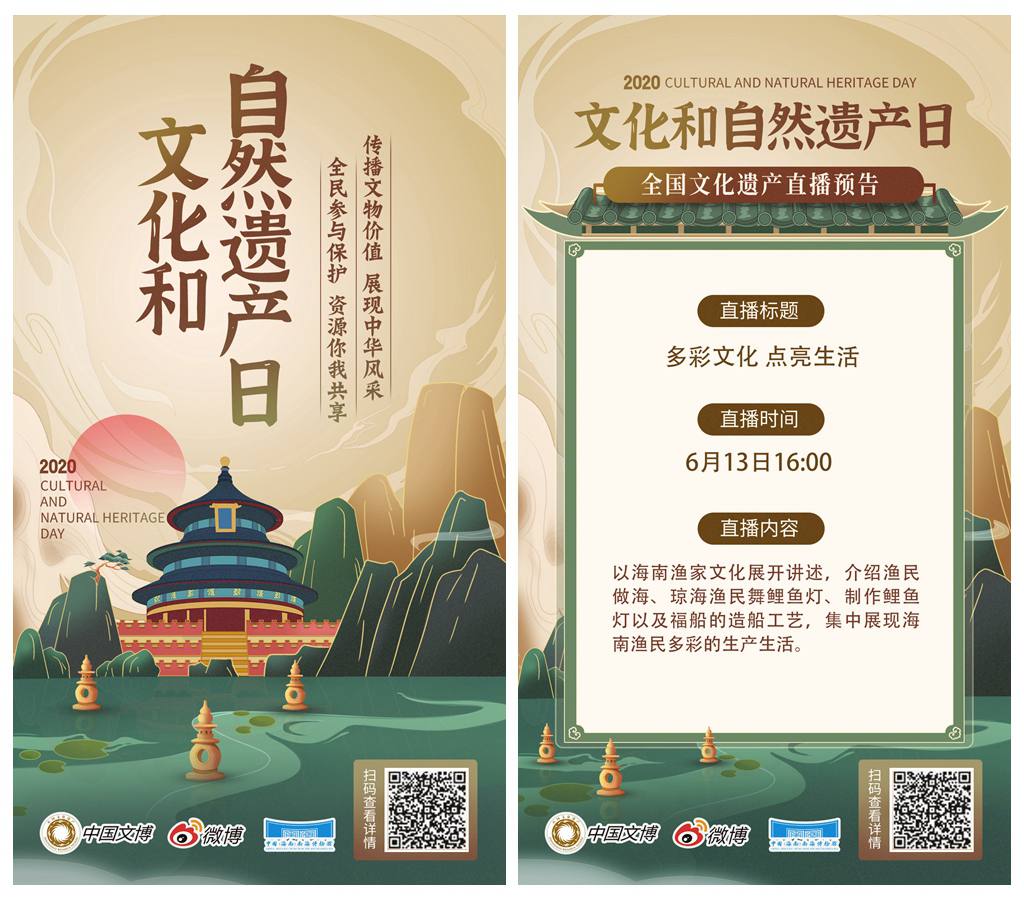World Ocean Day , live decryption of mangroves, takes you to know these unknown "coast guards"
- MPR
- Time:2020-12-16 11:30
June 8, 2020 is the 12th "World Ocean Day" and the 13th "National Marine Publicity Day". The theme of this year's activities is "protecting mangroves and protecting marine ecology". In order to enhance the awareness of the whole people to protect the ocean, with the strong support of the member units of the national ocean culture and Education Alliance, a series of activities of "protecting mangroves and protecting marine ecology" were officially launched. China (Hainan) South China Sea Museum, as a member unit, combined with its own resources advantages, launched "into the South China Sea" on the official microblog platform of the museum In the live broadcast activity of "walking into mangrove", two commentators led the audience to visit the real mangrove corridor of our museum through the camera in the live broadcast room, supplemented by the demonstration of mangrove specimens, so as to popularize mangrove knowledge to the audience, and understand the typical mangrove ecosystem, the characteristics of Mangrove forest living environment, ecological adaptation mechanism and ecological value in the South China Sea coast.


Mangrove Gallery of Nanhai Museum, China (Hainan)

he announcer and the audience have a question and answer interaction
During the live broadcast, the two commentators also sent out exquisite cultural and creative products such as the paper model of Nanhai Museum of China (Hainan), the ceramic mug of impression qilianyu, and the bracelet of Nanhai shell picking.
As an important platform to display the cultural history and natural ecology of the South China Sea, our museum also plays an important role in cultural education and knowledge dissemination. The purpose of this activity is to break the limit of distance, transfer the knowledge of culture and nature of the South China Sea to more audiences, shorten the distance between people and nature, let more people understand the mangrove ecosystem and the natural ecology of the South China Sea, improve the public awareness of the protection of blue land and resources, protect the ocean closely related to us and protect the earth we depend on.
2020-07-03
Editor: Pumpkin
Recommended Content
-

Live broadcast | 2020 children's Museum Education Seminar
2020-12-16 11:03 -

"Live broadcasting in two cities" is another relay of cultural and Expo cooperation between Sichuan and Chongqing
2020-12-16 11:09 -

Preliminary evaluation meeting of "national treasure narrator (cloud talks about national treasure) -- National Cultural Expo online explanation and live broadcast promotion activity" held in Beijing
2020-12-16 11:17 -

Cultural and natural heritage day | intangible cultural heritage "in the clouds" and "show" in the studio
2020-12-16 11:48
News
-
Announcement of the final evaluation results of the first China Exhibition Art and exhibition technology innovation competition
-
"The oldest smiling face" in the world at the National Museum of Ukraine
-
Handling | There are more options for IP development
-
Handling | development of cultural and Museum IP: building an effective connection with the audience based on people
-
Carrying, cultural and Museum IP helps cultural relics "live"
-
The platform construction project of Digital Museum of China's lost overseas Artworks (not displayed) will be launched soon
-
Scientific and technological innovation promotes cultural confidence, and the 2020 collaborative platform Conference on the industrialization and application of cultural relics protection equipment was held
-
Machine learning predicts interaction time between museum visitors and exhibits
-
From offline to online, how can digital technology reshape museums?
-
Cultural and natural heritage day | intangible cultural heritage "in the clouds" and "show" in the studio

